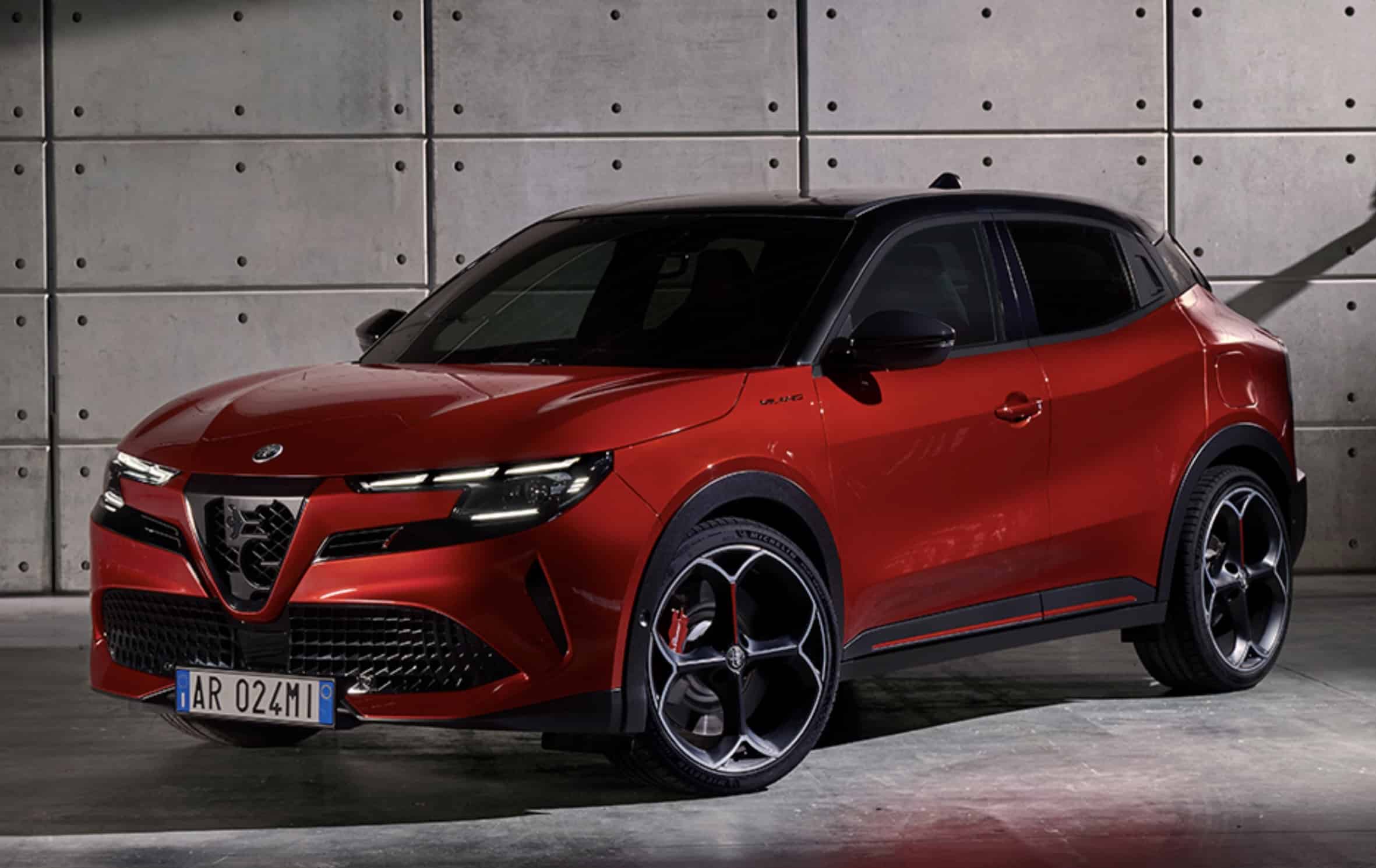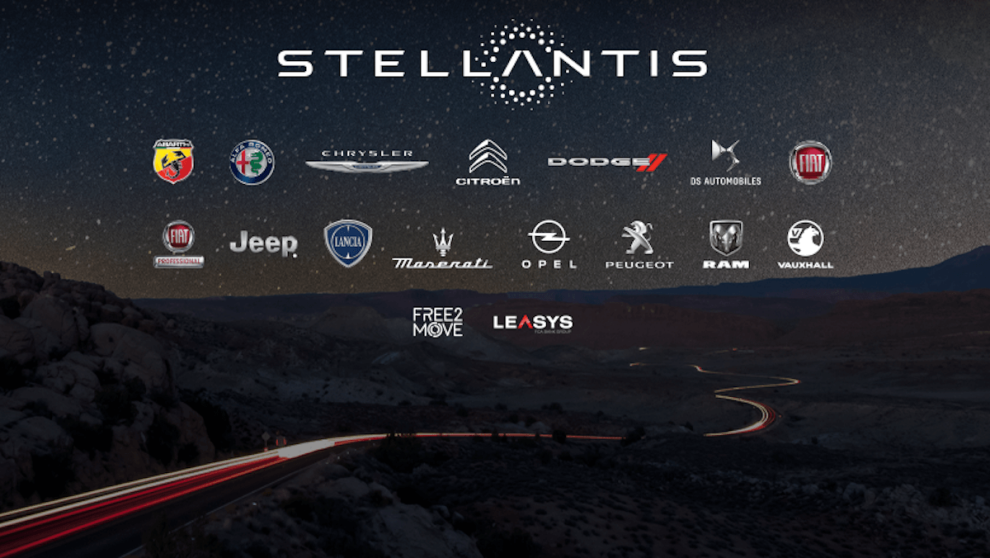The automotive landscape is littered with the remnants of once-great brands. Names like Packard, Tucker, and DeLorean evoke a sense of nostalgia, but their legacies remain dormant. In a surprising move, Italy’s government is considering a bold strategy: reviving defunct brands owned by Stellantis (formerly Fiat Chrysler Automobiles) and offering them to Chinese automakers looking to establish a foothold in Europe. This unorthodox approach could breathe new life into forgotten marques while potentially shaking up the European car market.
A History of Automotive Excellence: The Allure of Defunct Stellantis Brands
The brands under consideration hold a special place in automotive history. Here’s a glimpse into their past:
- Innocenti: Founded in 1947, Innocenti produced a series of innovative and stylish vehicles, including a well-regarded iteration of the iconic British Mini. The brand ceased operations in 1995.
- Autobianchi: Established in 1955, Autobianchi carved a niche for itself with practical and stylish city cars like the A112 and Y10. The marque folded in 1995.
- Lancia: A legendary Italian automaker known for its luxurious and technologically advanced vehicles, Lancia has struggled in recent years. While still technically operational under Stellantis, its future remains uncertain.

These brands represent a rich heritage of Italian automotive design and engineering expertise.
A Calculated Gamble: Italy’s Motivation for the Revival
Italy’s government has several reasons for considering this unorthodox strategy:
- Boosting Domestic Production: Italy’s automotive industry has faced challenges in recent years. Reviving these brands and partnering with Chinese companies could lead to increased production and job creation within Italy.
- Rejuvenating the European Market: The introduction of new brands with established European pedigrees, backed by Chinese investment, could inject fresh competition and innovation into the European car market.
- Building on Existing Relationships: Italy already has established trade ties with China. This move could further strengthen these relationships and create mutually beneficial partnerships for both countries.
The Italian government hopes that this strategy can revitalize its automotive sector and stimulate economic growth.
A Perfect Match? Chinese Automakers Seek European Expansion
Chinese automakers are increasingly looking to expand their global reach. Here’s why a partnership with Italy could be attractive:
- Brand Recognition and Legacy: The defunct Stellantis brands offer instant brand recognition and a rich heritage, potentially giving Chinese companies a leg up in the European market.
- Access to Established Infrastructure: Italy boasts a well-developed automotive industry infrastructure, including manufacturing facilities and a skilled workforce, which could be readily utilized by Chinese partners.
- Navigating European Regulations: Partnering with an established European automaker can ease the process of navigating complex European regulations and safety standards for Chinese companies.
This potential collaboration presents a win-win scenario for both parties: Italy gains revitalized brands and economic growth, while Chinese automakers gain access to the European market with established brand names and infrastructure.
Potential Challenges: Hurdles on the Road to Revival
Despite the potential benefits, this strategy comes with its own set of challenges:
- Maintaining Brand Identity: Resurrecting defunct brands requires careful management to ensure their original essence resonates with modern consumers.
- meeting Modern Standards: These brands will need to be modernized to meet current safety regulations and technological advancements. This could require significant investment from Chinese partners.
- Consumer Perception: Consumers might be hesitant to embrace revived brands, particularly if the new offerings stray too far from their original character.
The success of this strategy will depend on effectively addressing these challenges and striking a balance between preserving brand heritage and adapting to the modern automotive landscape.
A Tale Yet Unwritten: The Future of Defunct Stellantis Brands
The future of these potentially revived brands remains uncertain. Here’s what could unfold:
- A Selective Revival: It’s unlikely that all the defunct brands will be revived. The Italian government is likely to prioritize brands with the strongest potential for success.
- A Focus on Electric Vehicles: The revived brands might focus on electric vehicles, capitalizing on the growing demand for sustainable transportation and aligning with China’s emphasis on EV development.
- A New Chapter in Automotive History: If successful, this strategy could mark a new chapter in automotive history, showcasing the power of collaboration and innovation, while breathing new life into once-dormant marques.
The Italian government’s proposal to revive defunct Stellantis brands and partner with Chinese automakers is a bold gamble with the potential to reshape the European car market. While challenges lie ahead, the prospect of seeing iconic names like Innocenti and Autobianchi return to the roads, reimagined for the modern era.
















Add Comment